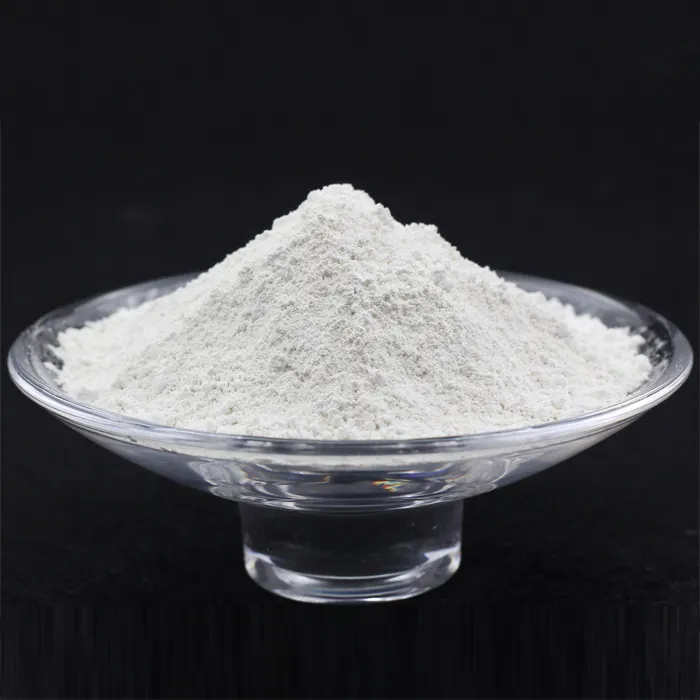Exploring 6-Chloro-1,3-Dimethyluracil Structure, Properties, and Applications
6-Chloro-1,3-dimethyluracil is a noteworthy compound in the realm of organic chemistry and pharmaceutical research due to its unique structural characteristics and potential applications. As a derivative of uracil, a pyrimidine base, this compound has gained attention for its intriguing properties and biological activities.
Structural Characteristics
The molecular structure of 6-chloro-1,3-dimethyluracil can be understood by breaking it down. Uracil, which is one of the four nucleobases in the nucleic acid of RNA, has a distinct bicyclic structure. In 6-chloro-1,3-dimethyluracil, two methyl groups are substituted at the 1 and 3 positions of the uracil ring, enhancing its lipophilicity and potentially influencing its interaction with biological systems. The introduction of a chlorine atom at the 6 position adds to the compound’s chemical diversity and may affect its biological activity by altering hydrogen bonding and steric interactions.
Synthesis
The synthesis of 6-chloro-1,3-dimethyluracil typically involves the chlorination of 1,3-dimethyluracil, a well-known precursor that can be readily prepared from simpler uracil derivatives. This modification can be performed using various chlorinating agents such as phosphorus oxychloride (POCl3) or thionyl chloride (SOCl2). The reaction conditions, including temperature and solvent choice, play crucial roles in determining the yield and purity of the final product.
Biological Activities
6-chloro-1,3-dimethyluracil

One of the most compelling reasons for studying 6-chloro-1,3-dimethyluracil is its potential biological activities
. Research has indicated that uracil derivatives can exhibit a range of pharmacological properties, including antiviral, anticancer, and antibacterial activities. The alteration of the molecular structure with the introduction of chlorine and methyl groups may further enhance these properties.Specific studies have shown that related compounds can interact with various biological targets, including enzymes involved in nucleic acid metabolism and replication. This makes 6-chloro-1,3-dimethyluracil a candidate for further research into its mechanism of action and therapeutic potential.
Applications in Research and Industry
In addition to its biological significance, 6-chloro-1,3-dimethyluracil has applications in medicinal chemistry and biochemistry. It is often used as a building block in the synthesis of more complex pharmaceutical agents. Researchers also explore its potential use in creating novel antiviral drugs, particularly in the face of emerging viral diseases.
Moreover, studies into the pharmacokinetics and toxicity of this compound can provide insights into its safety and efficacy as a therapeutic agent. The unique properties conferred by the chlorine and methyl substitutions may also open avenues for designing better pharmacological profiles.
Conclusion
6-Chloro-1,3-dimethyluracil is more than just a simple derivative of uracil; it embodies the intricate relationship between molecular structure and biological activity. Its distinctive features position it as a valuable compound in pharmaceutical research, with a promise for future applications in drug development. Continuous exploration of its properties may uncover novel therapeutic approaches, highlighting the importance of such compounds in the advancement of modern medicine. As research progresses, the potential of 6-chloro-1,3-dimethyluracil will undoubtedly continue to capture the interest of chemists and biologists alike.

